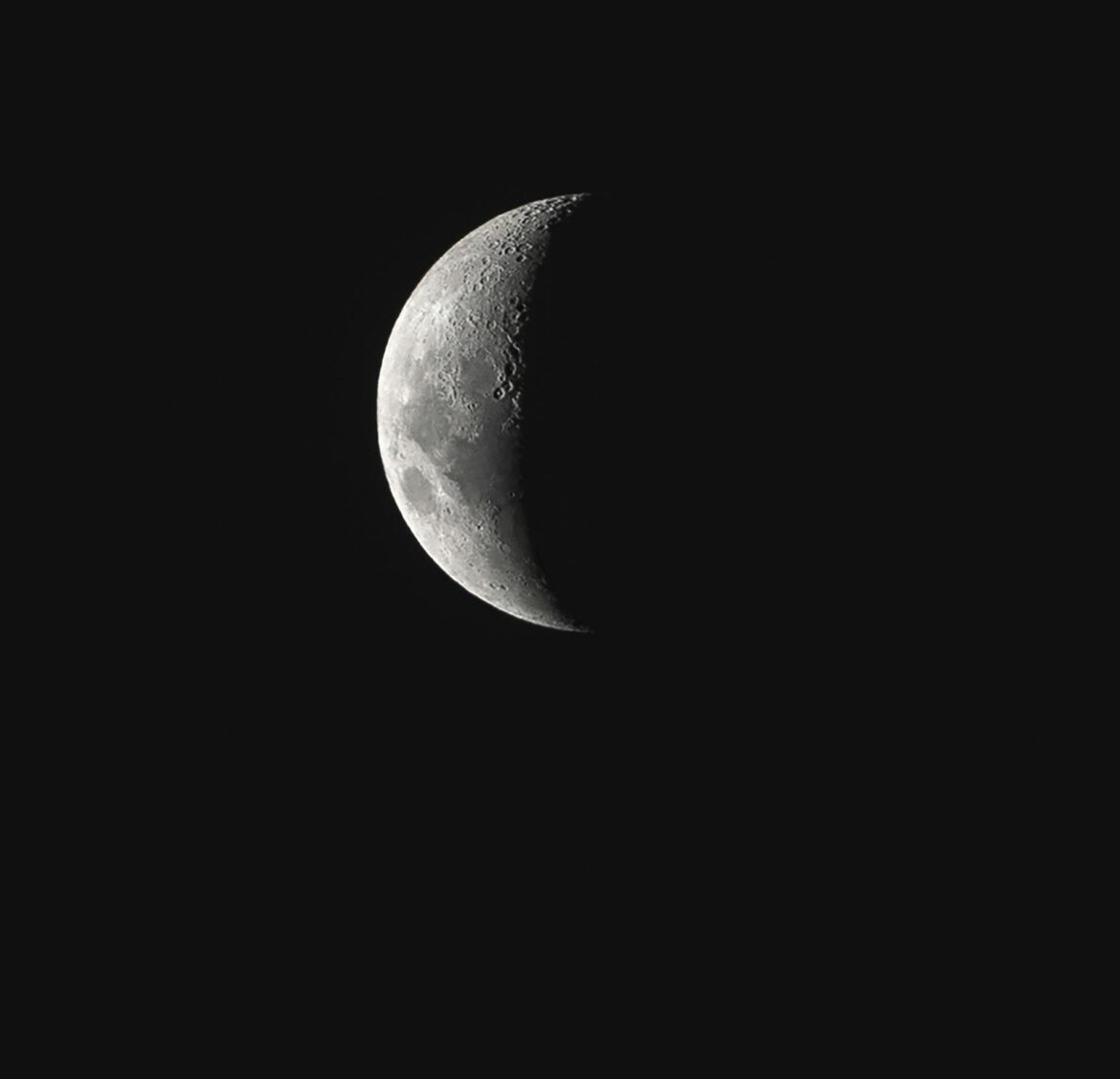As humanity looks to the Moon with renewed hope and ambition, a fascinating new idea has emerged—using our satellite to preserve endangered species. In a groundbreaking initiative, scientists are exploring the possibility of creating a “biorepository” on the Moon to safeguard the DNA, seeds, spores, and cells of endangered animals and plants. This ambitious project could be a vital step in saving over one million species currently at risk of extinction.
A Lunar Ark for Earth’s Biodiversity
The concept revolves around cryogenically freezing biological materials and storing them at the Moon’s poles, where temperatures range from a bone-chilling -180°C to -230°C. These frozen samples would include a wide variety of species, from animal DNA to plant seeds, preserved in liquid nitrogen. Transported aboard a rocket, these materials would be placed in the Moon’s north and south poles, where the frigid conditions would naturally keep them frozen for potentially centuries, or until humanity finds a way to revive them.
Why Choose the Moon Over Earth?
The Moon offers several advantages over Earth for this monumental preservation effort. Firstly, its extreme temperatures eliminate the need for artificial cooling, which on Earth would require substantial investment and ongoing maintenance. Once the samples are stored on the Moon, they would remain frozen without incurring any additional costs.
Moreover, the Moon’s lack of natural disasters and human interference makes it an ideal location for this life-saving repository. There are no earthquakes, floods, or other catastrophic events that could jeopardize the specimens. Additionally, the absence of human governance on the Moon means there would be no disputes over ownership or control of the specimens. The thick lunar regolith would also provide protection from cosmic radiation, ensuring the samples remain uncontaminated and intact.
A Step Toward the Future of Space Colonization
This project aligns with humanity’s broader vision of colonizing the Moon and eventually venturing beyond. As scientists work to perfect cryopreservation techniques, they will gain valuable insights into the effects of cosmic radiation on biological materials—knowledge that could prove crucial for long-term space travel and habitation.
Already, scientists have made strides in this endeavor by freezing fin samples from the starry goby fish. These samples are being used to test the challenges of preserving life in the harsh conditions of space. The next phase will see these specimens sent to the International Space Station (ISS), where they will be exposed to the realities of space firsthand.
Conclusion: The Moon as Earth’s Lifeboat
As we face the growing threat of mass extinction on Earth, the idea of a lunar biorepository offers a glimmer of hope for preserving the planet’s biodiversity. By leveraging the Moon’s unique environment, scientists may soon be able to protect and possibly revive endangered species, ensuring that our planet’s rich tapestry of life endures for future generations. This visionary project not only underscores the importance of space exploration but also highlights the innovative solutions that may arise from looking beyond our world.
For those following the latest developments in space and environmental conservation, this lunar lifeboat concept is one to watch closely. It could very well represent the next frontier in humanity’s quest to safeguard life on Earth.



